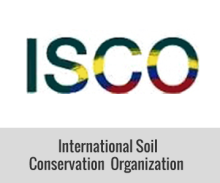Resource information
During the last two decades, the Tunisian government has engaged in a vast program for the conservation and mobilization of natural resources. In the Jeffara region, which encompasses the study site, huge works for soil and water conservation (water harvesting) have been implemented whose immediate effects are visible but their efficiency in both the short and the long term need to be assessed and evaluated in detail (De Graaff J. and Ouessar M., 2002). By simplifying and simulating natural processes, models have become efficient tools for analyzing the impacts of land use changes and the development of management practices. The objective of this paper is to adapt and evaluate the GIS-based SWAT model for the
assessment of land use change impacts in an arid watershed of southeast Tunisia.



